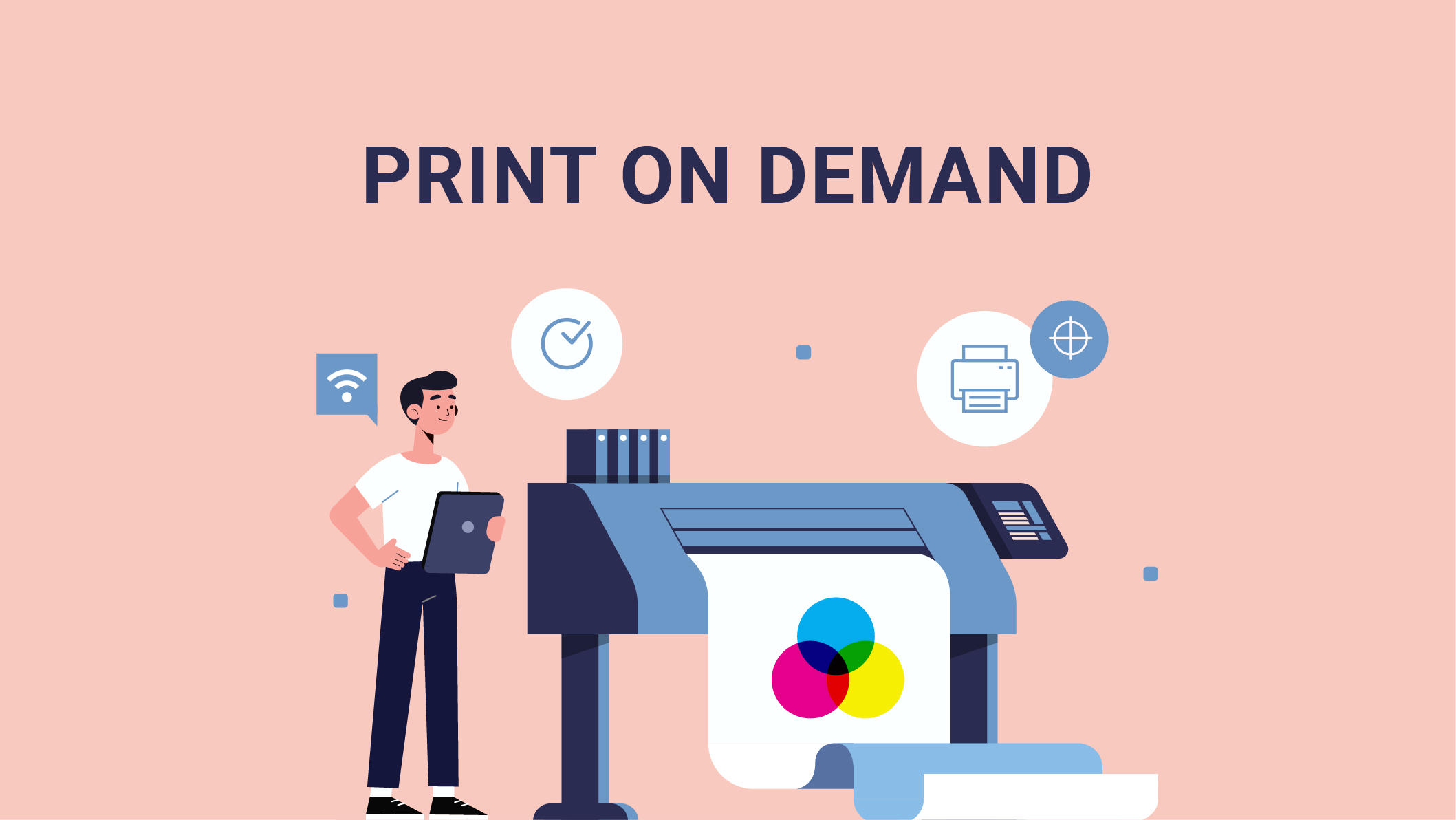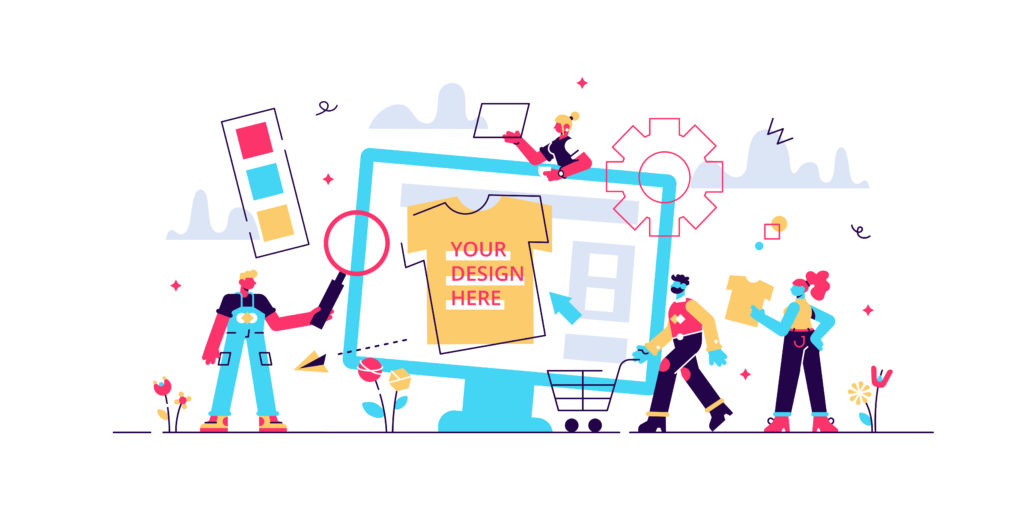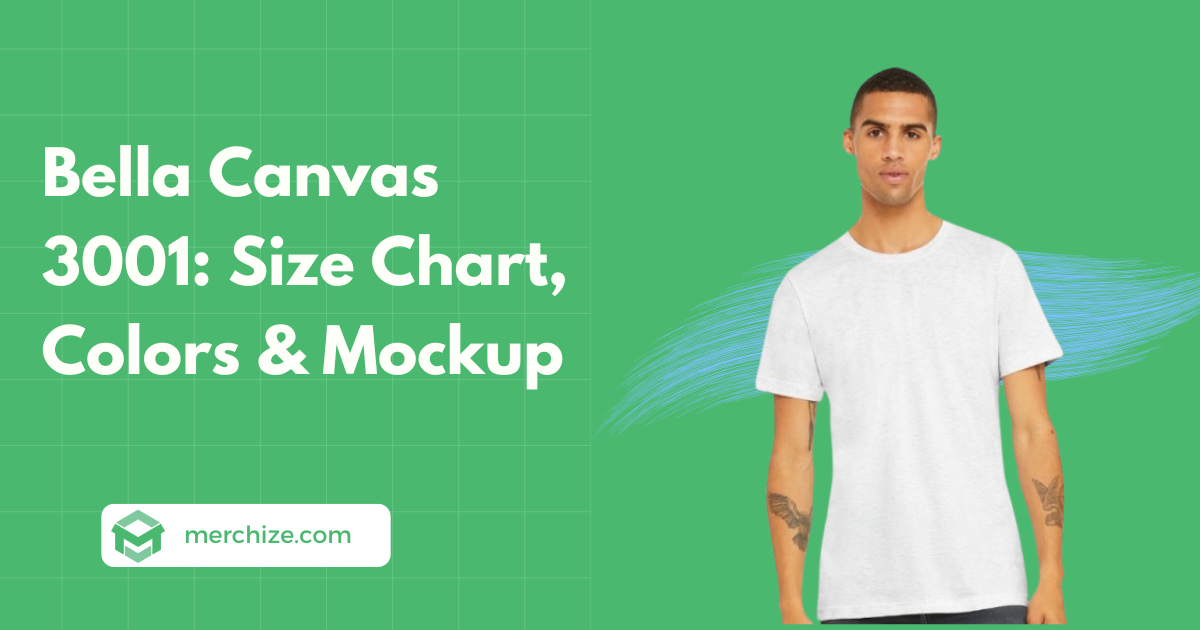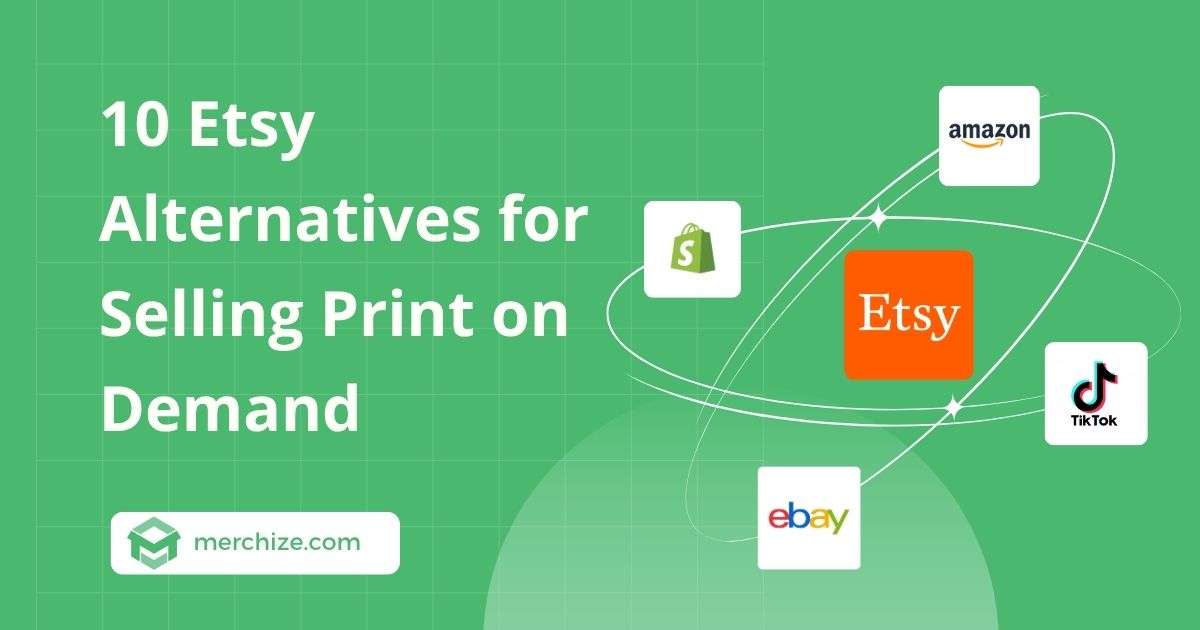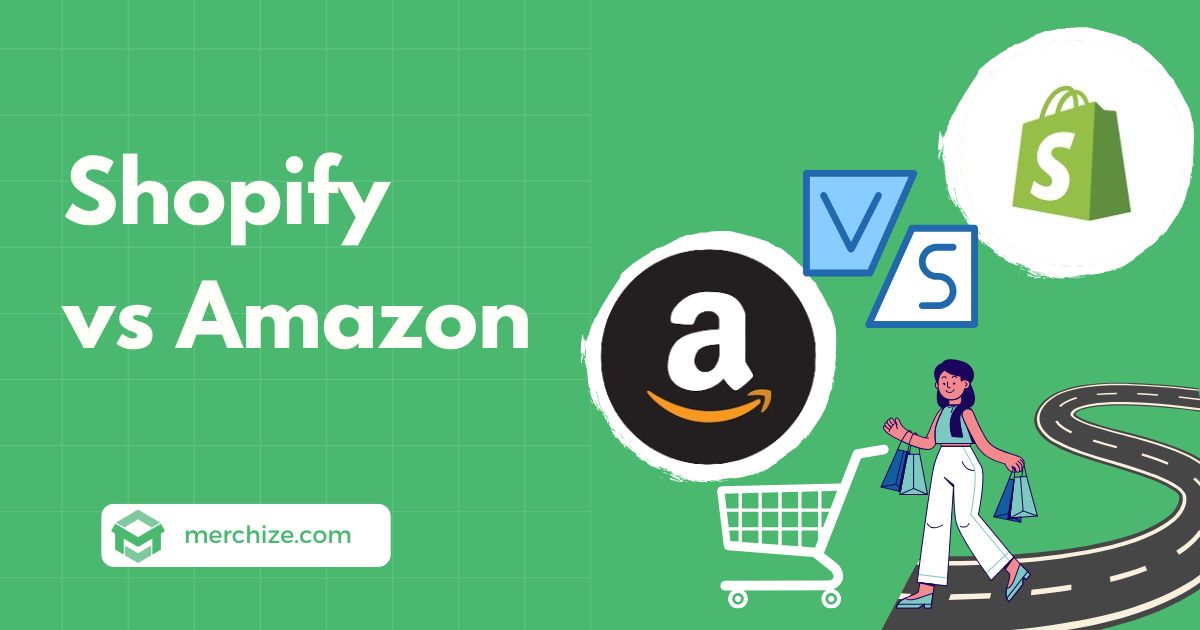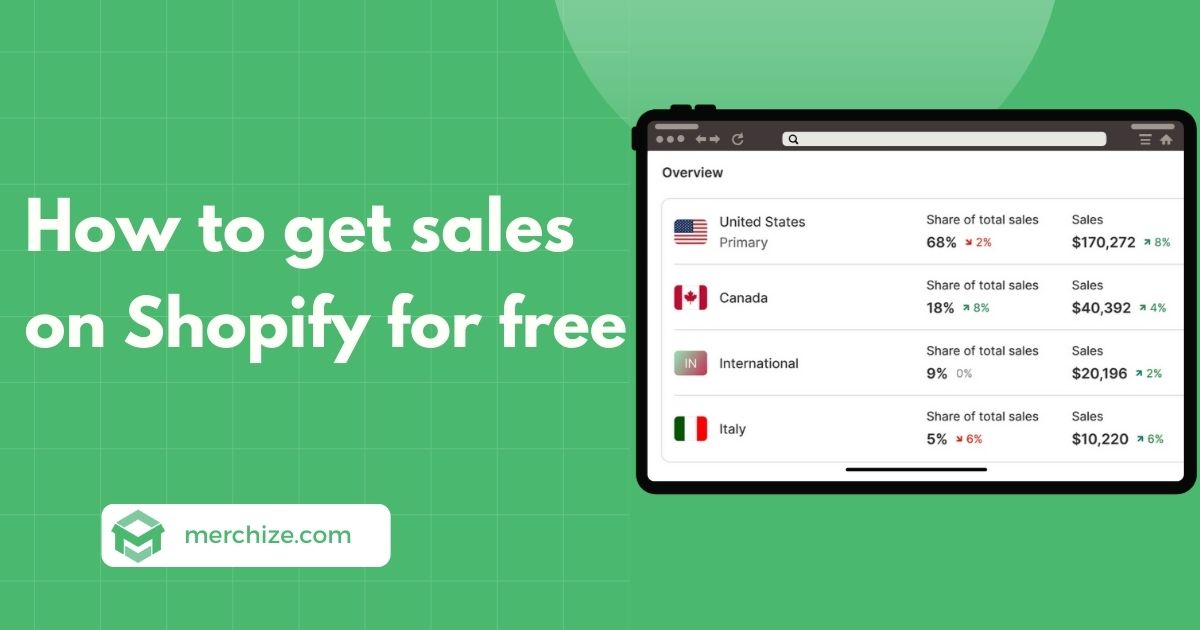Contents
Dive into the world of ecommerce by exploring the print on demand (POD) business model. This guide will walk you through what is print on demand, its operational process, benefits, potential challenges, and the best platforms to sell your products. Discover why POD is a favorable choice for entrepreneurs venturing into the ecommerce realm.
What is “print on demand"?
Print on Demand (POD) represents a dynamic ecommerce business model, leveraging the power of white-label products to facilitate business growth and minimize operational costs. Essentially, POD involves partnering with a print provider to customize generic products and sell them under your brand name on a per-order basis.
POD is strikingly similar to the dropshipping model, with products only being printed after a customer places an order. This method effectively eliminates the need for maintaining a large inventory, thereby reducing both financial and storage burdens.
Once a sale is made, the print on demand company takes over the post-sale responsibilities, encompassing tasks like printing, counting, packaging, and shipping the products. The holistic approach of POD companies proves beneficial for business owners seeking to test new product lines or business ideas without the inherent risks associated with bulk inventory purchase.
The POD model aligns seamlessly with a third-party supplier system. Here, suppliers offer a broad range of white-label products, from t-shirts to mugs, that can be customized and sold on an order-by-order basis. This process ensures that you don’t have to set aside a large budget for stock purchase, as you only buy items when you have a confirmed order.
One of the significant advantages of the POD model is the minimal waste it generates. Since products are only created following a customer’s order, it reduces the likelihood of unsold items accumulating and ending up in landfills. This sustainable approach is more environmentally friendly compared to traditional retail models.
Furthermore, the POD model provides a comprehensive solution by managing most of the process from product creation to order fulfillment. This end-to-end service allows businesses to focus more on product design and marketing, ultimately driving growth and profitability.
The Process of Print on Demand
Print on demand allows solo entrepreneurs to turn creative ideas into customized physical products sold online, without needing inventory or upfront costs. Follow these 5 simple steps to leverage POD and start your own brand from home:
- Research Providers: Evaluating fulfillment partners is crucial – assess printing quality, product selection, integrations, and more to find the right fit. This provider will handle production and shipping automatically with each order.
- Set Up Your Storefront: Once a POD supplier is chosen, integrate it into your web storefront. Many provide plugins or APIs to connect your sales channels for seamless order forwarding.
- Upload & Customize Designs: Add your unique designs and apply them to the products you want to sell – apparel, home goods, accessories and beyond! Configure pricing and order preferences.
- Market & Sell Your Creations: Drive traffic to your store by leveraging social media, SEO, and other platforms to reach your ideal customers. Make sales by showcasing your specially designed goods.
- Let POD Magic Happen:Your provider produces and ships each order automatically while you track sales and receive profit share. Bring more ideas to life by repeating the process!
With these 5 steps, print on demand empowers entrepreneurs to build niche boutique businesses around their passions without needing warehouses or manufacturing investments. Let POD handle the logistics so you can focus fully on creativity and connections with a community aligned around personalized products. Transform independent vision into frictionless commerce today!
Why is print-on-demand a great business model to choose when starting an ecommerce store?
With print on demand services you can:
- Test a business idea or new product line for an existing business without the risks that come with buying inventory.
- Monetize an audience you’ve built. Printing on demand is a great option if you’re a YouTuber, cartoonist, or social media influencer who wants to spend your time creating content instead of fulfilling orders.
- Create original products for a niche of customers. For example, apparel for people who are passionate about gaming.
- Easily print one-off items—t-shirts, hoodie, bomber jacket, canvas, wall art, poster, phone cases, mugs, and so much more. You can send these as gifts or keep them for yourself and your team.
- Sell photos online easily by placing your photography on different products to sell on your own business website.
What are the REAL pros and cons of the POD business?
In traditional retail businesses order products in large(bulk) quantities at wholesale prices, which then get sold at a higher price. With print-on-demand, you don’t need any large investment, as you only pay for the product(s) you sell, which then gets manufactured and shipped directly to the end customer.
Pros print on demand
- Create products quickly: Once you have the design, you can create the product and put it up for sale in minutes.
- Shipping is taken care of: Shipping and fulfillment out of your hands and in your supplier’s. After the sale, you’re just responsible for customer service.
- Low investment, lower risk: Since you’re not physically holding any inventory, it’s easier to add or remove products, test ideas, or pivot your approach.
- No storage needed: In print on demand, the emphasis is on the “on-demand” part – the printer will only print the product once it’s ordered. This means you don’t have to gamble with your money – you won’t end up with a huge stock of t-shirts with a design that doesn’t sell as well as you’d hoped.
- Test new designs/products easily: You can experiment not only with designs but also with products. More and more print on demand services are expanding beyond the scope of just ‘printing’. Print on demand is not about only selling graphic tees anymore—now you can create your own apparel lines for a variety of niche audiences.
- Never run out of stock
- No risk if a product doesn’t sell
Cons print on demand
- Lower margins: Naturally, your costs per item will be higher than if you buy in bulk. On-demand products may yield thinner profits, depending on how you price them and acquire customers.
- Less control over shipping: Shipping costs can get complicated as it often varies for different products. Your options may also be limited if you want to create a standout unboxing experience.
- Limited customization: Your ability to customize products depends on the vendor and the product. You’ll have to weigh base costs, customization options, printing techniques, and available sizes when deciding on which products to customize.
- Sell online only
Top Platforms for Selling Print On Demand Products
Navigating the world of Print on Demand (POD) entails not just understanding the concept and crafting unique designs, but also selecting the ideal platform for selling your products. Broadly, you can opt to sell through an online marketplace or launch your own ecommerce website.
- Online Marketplaces: Online marketplaces like Amazon, eBay, and Etsy have established a significant presence in the ecommerce world. Leveraging these platforms can provide you with immediate access to a vast, global audience. These marketplaces also offer the added advantage of built-in trust and reputation, making it easier for new businesses to attract customers.
- Own Ecommerce Website: On the other hand, establishing your own online store allows you to exercise complete control over your business. From customizing the store layout and product display to creating a unique customer buying experience, having your own website can be immensely beneficial. You can draw inspiration from existing POD online stores to shape your digital storefront. There are numerous website builders, including Wix, Shopify, and BigCommerce, which offer user-friendly interfaces and flexible payment plans, catering to diverse budgets and skill levels.
- Merchize: Another noteworthy platform is Merchize, a comprehensive POD solution that offers both a marketplace and a platform for creating your own online store. This platform provides a wide array of white-label products and handles every aspect from printing to shipping. By integrating with popular ecommerce platforms like Shopify, Merchize allows you to manage your POD business efficiently and effectively.
Your choice will largely depend on your business strategy, resources, and long-term goals. Whether you choose an established marketplace, your own online store, or a specialized platform like Merchize, it’s crucial to understand each platform’s strengths and limitations to make an informed decision.
Conclusion, now you found the answer about what’s print on demand and understand why print-on-demand is great for starting an online business because of the low cost and minimal risk factors. It saves you time since you don’t have to take care of production or shipping.
The POD industry is constantly growing in the variety of products you can customize and sell, and it’s advancing in ways that make it easier for you to run a business. More and more people are getting used to shopping online, so it makes sense that ecommerce is one of the largest growing industries. And starting up with print-on-demand is a great way to jump on ship with the world of online business.
